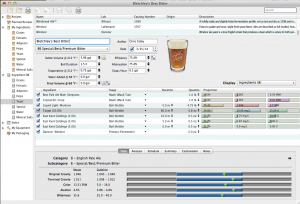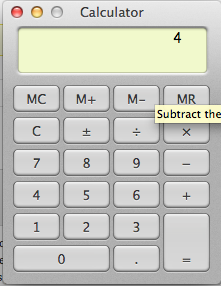Partial mashing is a great method of wort production, but not a lot of homebrew recipes exist for partial mashers to choose from. (This website has quite a few, though.) However, if you’d like to convert an existing extract-based recipe to partial mash, you’re in luck. The majority of extract recipes can easily be converted in two steps. If you have an extract recipe that uses mostly unhopped light malt extract (liquid or dried) — or something similar such as pale or Pilsner malt extract — for most of the fermentables, just follow these following steps.
First, determine the size of your partial mash. This is easy; simply decide how much grain you’re going to mash, based on the dry weight of the grain. A mash of 1.0–3.0 lb. (0.45–1.4 kg) of grains can be handled essentially like an extract with grains batch. (See this article for a partial mash method suited to small mashes.) A mash of 4.0–6.0 lb. (1.8–2.7 kg) can use an unmodified beverage cooler (with a spigot) as a lauter tun. (See this article for a partial mash method suited to larger mashes.)
Secondly, sum the weights of the specialty grains in the recipe. Then subtract the combined weight of the specialty grains from the mash weight from the previous step. This gives you the required amount of base grain. Base grain refers to malted barley that is not a specialty grain; base grains comprise most of the weight of most all-grain recipes and supply most of the carbohydrates — and the enzymes to convert these carbohydrates to sugars — in the mash. Base grains include 2-row pale malt, 2-row brewers malt, 6-row pale malt, pale ale malt, Pilsner malt, and similar grains. Let’s say you want to convert an extract pale ale recipe that calls for 7.0 lb. (3.2 kg) dried malt extract plus 1.0 lb. (0.45 kg) of crystal malt (40 °L). You want to formulate a partial mash recipe with a 3.0 lb. (1.4 kg) mash. So, you’d have 3 lb. of grain total, minus 1 lb. of specialty malt, leaving you with 2 lb. — the amount of base grain you would need to round out the partial mash.
Which base grain you use is up to you. A good rule of thumb is to pick one appropriate to brewing tradition the beer comes from. In other words, British pale malt or pale ale malt for a British beer, American 2-row pale malt or brewers malt for an American beer, or Pilsner malt for German beer. You can also check similar all-grain recipes for suggestions.
Next, you need to remove an amount of malt extract proportional to the amount of base malt you added. Malted grains and malt extract may contribute a different amount of fermentable sugars by weight, so you need to account for this. If the extract recipe you are converting from uses liquid malt extract, subtract the weight of the base malt from the weight of the liquid malt extract in the original recipe — a simple 1:1 swap. However, if the extract recipe you are converting from uses dried malt extract, subtract the weight of the base malt times 0.80 from the weight of the dried malt extract in the original recipe. For example, if you added 2 lb. of base malt — as in the example above — subtract (2 X 0.8 =) 1.6 lb. of dried malt extract from the original recipe.
As far as the recipe conversion goes, that’s it. Add a certain amount of base malt to the existing recipe. Subtract an equivalent amount of fermentables from the malt extract. You do not need to adjust the amount of hops or yeast.
You do need to decide on the mash conditions, however. A good starting point is to determine your mash thickness by multiplying your grain weight (in lb.) by 1.38 qt./lb. to get the volume (in qt.) of your strike water. For example, a 3-lb. partial mash would need (3 X 1.38 =) 4.1 qt. of water. In metric units, multiply the grain weight (in kg) by 2.9 L/kg to get the volume (in L). This mash thickness is slightly thinner than most homebrew all-grain mashes, but works well at this size.
The mash temperature should be between 148 and 162 °F (64 and 72 °C). Mashing near the lower end produces a drier beer. Mashing near the upper end produces a more full-bodied, sweet beer. A good compromise mash temperature is 152 °F (67 °C); this makes a beer that’s not too dry or not too sweet.
If you enjoy Beer & Wine Journal, please consider supporting us by purchasing my book — “Home Brew Recipe Bible,” by Chris Colby (2016, Page Street Publishing). It is available from Amazon and Barnes & Noble. You can also find the nearest independent bookstore that sells it on Indiebound.
—
Related articles
Partial Mashing (Small Partial Mashes)
Partial Mashing (Large Partial Mashes)
Add Base Malts to Your Extract Beers



Speak Your Mind